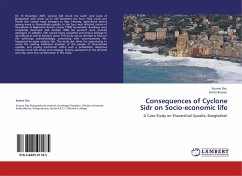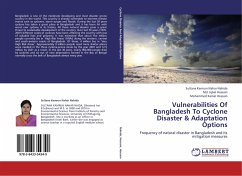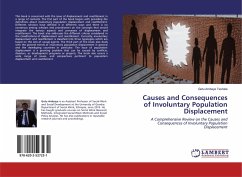On 15 November 2007, Cyclone Sidr struck the south west coast of Bangladesh with winds up to 240 kilometers per hour. High winds and floods also caused huge damages to lives, housing, agricultural sectors among many in Sharankhala upazilla. In the four most affected unions of Sharakhala at Bagherhat district, nearly 17000 households dwellings were completely destroyed and another 2000 (24 percent) were partially damaged. In addition, Sidr caused heavy causalities and serious damage to agricultural as well as livestock sector.This study was an attempt to find out the sufferings overwhelmingly, concerning with socio-economic life, happened by super cyclone Sidr. The study also takes the opportunity to reveal the existing livelihood situation of the people of Sharankhala upazilla, and coping mechanism within such a problematic disastrous situation since Sidr attack and rampage. Poverty assessment of the affected area also came into consideration in this study.








